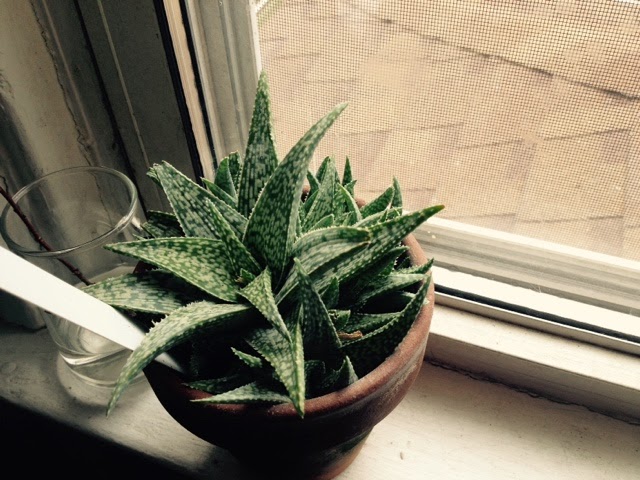A roosting chicken is a happy chicken. We are talking laying hens here. Wild chickens sleep in trees, away from prowling predators. Chickens were domesticated from the Jungle Fowl of areas of Thailand about 8000 years ago, and they have retained that love of sleeping up high. Jungle Fowl are beautiful, lean birds, and many folks raise them still (hopefully where they have plenty of free range) as they are very hardy and self sufficient birds, and good mothers, so I have read. Though modern chicken breeding has aimed to breed out many traits of a natural chicken, such as the urge to sit on a clutch of eggs and hatch them out (going broody), they have retained many of the traits of their ancestors, such as the urge to scratch for bugs, the desire to live in a flock of companions, and the wish roost up high at night out of (perceived) harms way.
The pictures in this post are less than sharp, as it was dusk in the coop and light was low.
 |
| Chicken Feet |
As with all things chicken, there are a million theories on the way roosts should be set up. Old school coops had roosts elevated over droppings boards, which would need to be cleaned of manure often, as chickens do a lot of pooping at night. There are theories that flat wide roosts are best as the chicken can cover all toes with her belly feathers if she is flat footed at night and therefore prevent any cold damage to the toes. Their are theories that tree branches are best since they are more natural. In trying some different types of roosting set ups, these are some things that I have read from trusted sources and find work for me.
 |
| Sometimes they face opposite ways on the roost |
1) Wood is the best material. Metal should not be used as it gets too cold and is slippery, same for plastic.
2) The best shape is neither round nor a hard-edge square, but a softly rounded square shape for the bird's foot to grab onto but not be uncomfortable on (a 2'" x 3" with the 2" side face up seems to work well but there are many other options).
3) The roosts should be high enough that the birds can get to them easily. I think I have my roosts a bit too high for my heavy birds, as they make quite a thud flying off them. At least they are landing in soft deep litter. 2' off the ground would probably be a bit better than they are now, at waist high.
4) Plan for poop. Manure gets dropped over night. I just add deep litter to cover every other day. Some people use sand under and scoop the poop like a cat box and put it on the compost pile. You could use a droppings board but you would need to empty it onto your compost pile everyday, especially in summer, so as not to attract flies.
5) Give the right amount of space on the roosts: 8" - 12" per bird depending on how big your birds are. I made the mistake of giving 2 roosts with quite a bit of space, thinking more space was better. What happened was 12 of the 13 chickens squeezed onto one roost, leaving the chicken at the bottom of the pecking order cold and alone on her own roost. So, I shortened the roosts so they are forced to split up into two groups and keep each other warm that way.
6) Ladder roosts means there will be a game of King of the Mountain every night. By this I mean, the highest perches are most desirable and fighting will ensue to secure the top positions. So, I opted for all roosts at an even height, even though it takes up more room.
7) Bedtime is a nervous time for chickens. They spend time getting into the right spot, moving around on the roosts, quibbling a little. This is the time predators start to prowl, and they can sense that I think. Then they settle down and conk out.
 |
 |
| Goodbye toes |





